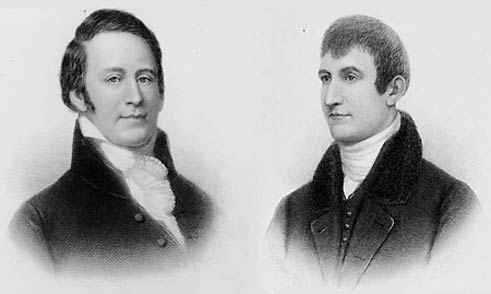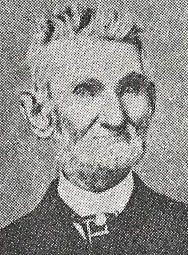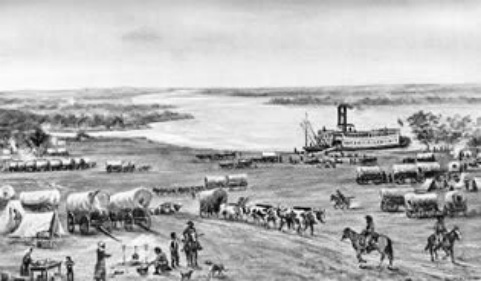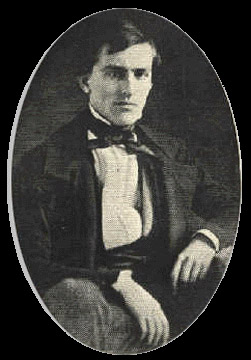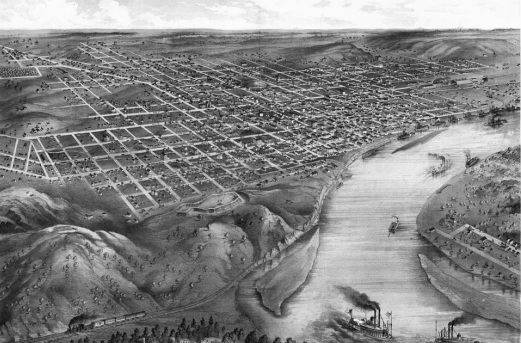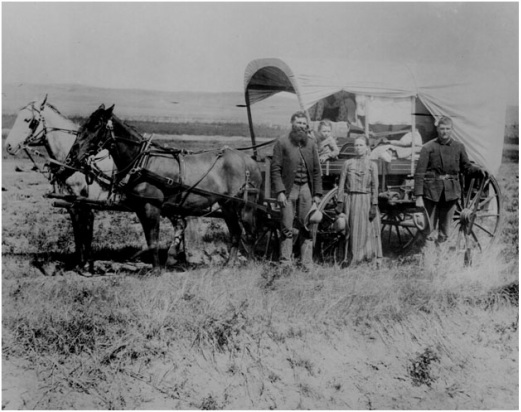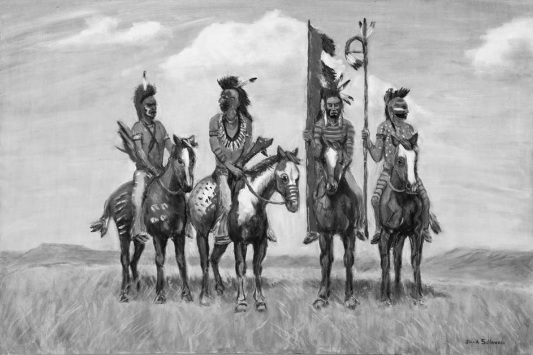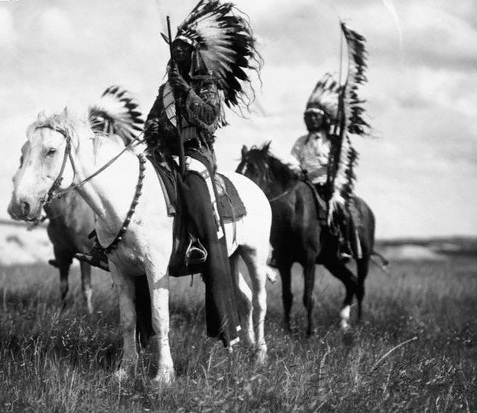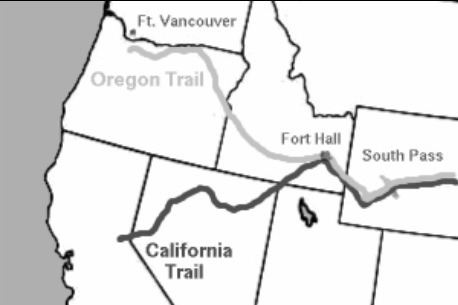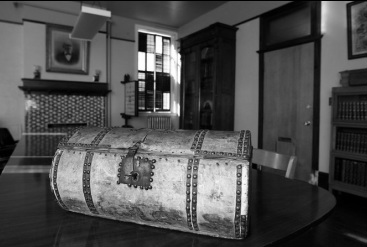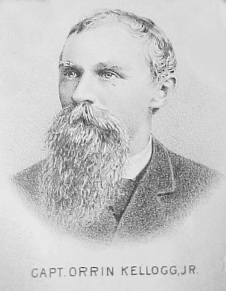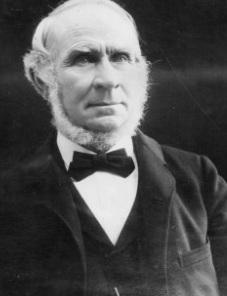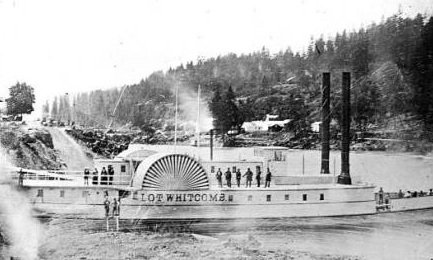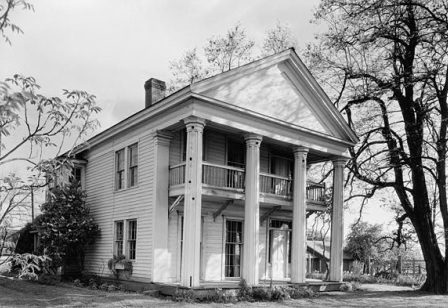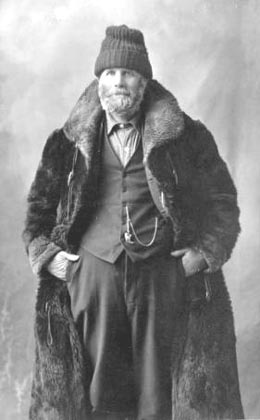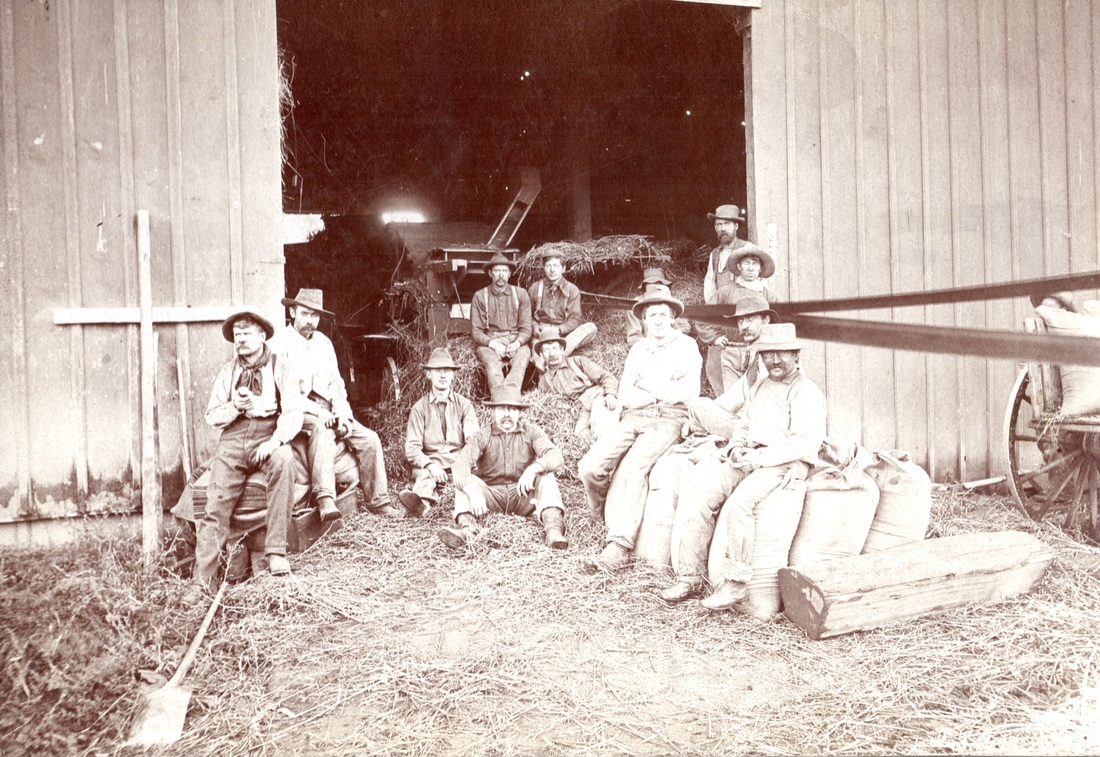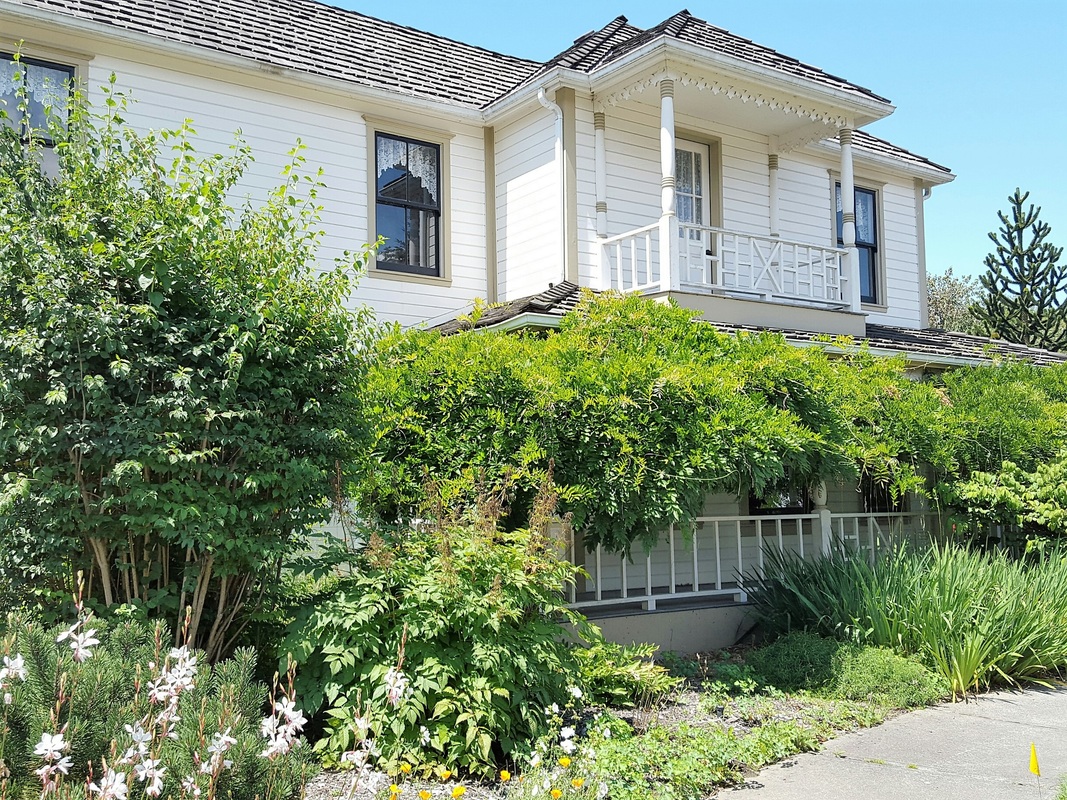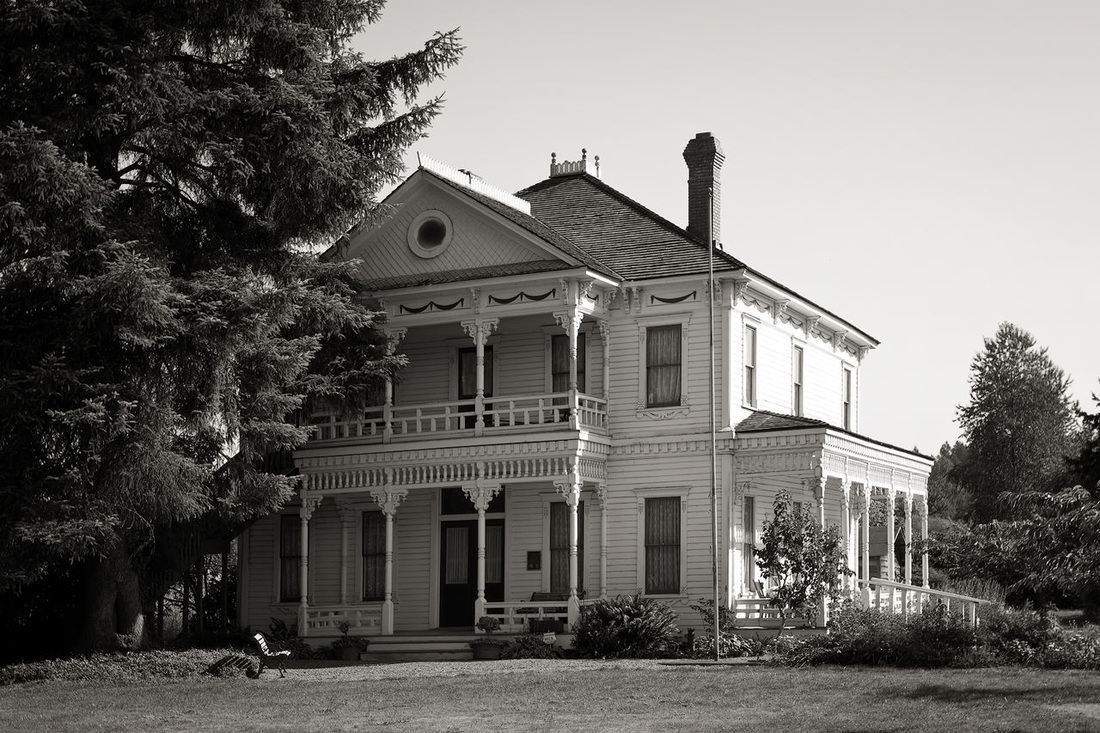Foreword Very few organizations can compare to the history of the Freemasons. Boasting an all star cast of the 'who's who' of men that changed the world, it is no wonder Freemasonry captivates the mind of just about anyone who hears about it. Thoughts of what could lie beyond the veil of "secrets" lead people to all sorts of ideas. But if a man's intellect were strong enough to consider the likelihood of foul play among men such as Theodore Roosevelt, Benjamin Franklin, Amadeus Mozart and Winston Churchill behind closed doors, he might think otherwise. Not to mention, these men mentioned are just a few threads in the immense tapestry interwoven by the lives of extraordinary men who all just 'happened' to be masons. The question is not "What did Freemasonry do for these men?" but rather, "Why did they do what they did for Freemasonry?" That answer is of course left to interpretation. The fact which shall soon be made apparent to you in this reading, is that many of the men who pioneered the west were Freemasons. I know that in my own experience, it has always been inspiration that has pushed me forward in this fraternity. It is without a doubt the role models I have found in Freemasonry both in person and in print that have led me to think as highly of the craft as I do. My intention with sharing this rich stretch of history is to bring to light the riches that are at our feet every time we step into a masonic lodge. I hope that as a result of reading this you come to find a greater appreciation for just how important Freemasonry was to these honorable brothers of the past and consequently are inspired to contribute more to the building of the house not made with hands. -Kyle Whence came we? One does not need to go back to the days of Ben Franklin and George Washington to find the heroes of our gentle craft. Just as Freemasons were instrumental in the creation of this great Nation, they also played a major role in the settling and development of the West coast. While it can be said that the first Freemasons to reach the West were Meriwether Lewis and William Clark, the first men to officially establish a Masonic lodge beyond the Rocky Mountains were a small group of pioneers in the Oregon territory. Just two years before Western seaports were set ablaze by gold fever, two crucial things happened in the Pacific Northwest. One was that the “Oregon territory” was signed over to the United States by Great Britain and the second that a group of Freemasons met for the first time on record. The former was a result of political works in Washington, DC and the later a result of 3 masons placing an ad in the Oregon Spectator newspaper. The ad read, “The members of the Masonic Fraternity, in Oregon Territory, are respectfully requested to meet at the City Hotel, in Oregon City, on the 21st, to adopt some measures to obtain a charter for a lodge. –Joseph Hull, P.G. Stewart, William P. Dougherty, February 5th, 1846.” The result of the ad was that on February 21st, 1846, 7 masons convened at the City Hotel (4 in addition to the original 3 that placed the ad) to sign a petition and draft a letter requesting a charter to open a Masonic lodge. The closest Lodge at the time to request such a charter from was in Missouri, over 2,000 miles away by way of the Oregon Trail. It might as well have been a trek to the top of Mount Everest to get the charter. But as was common with the spirit of the time, they went ahead and carried out the request. One of the original men who placed the ad and one of the top signers on the petition, Brother William P. Dougherty, had been raised a master mason just three years prior at Platte City Lodge No. 56 in Platte City, Missouri. This was the lodge the petition would be sent to and Brother Dougherty personally paid for it to get there. Entrusted to deliver this petition was Brother Joel Palmer, a man who happened to be returning to Missouri at the time to bring his family back to Oregon. The petition and letter were delivered in the summer of 1846. In the fall of that same year, the Grand Lodge of Missouri granted a charter for “Multnomah Lodge, No. 84” in Oregon City. The charter named the original three brothers that placed the newspaper ad as its principle officers and the Grand Lodge requested it to be returned to the awaiting brothers in Oregon City. It wasn’t until the Spring of 1848 however, that a suitable carrier for the charter could be found. That man was Brother Pierre Barlow Cornwall, who at the ripe age of 26 was preparing to make his way West with his younger brother Arthur Cornwall, 16, and their guide Tom Fallon. These three men were all set to go from St. Joseph, Missouri and were in the prime season to get started on the trail before it became barren later in the year. Fortunately, their eagerness to make a start was matched by another small party of four. In that party were Orrin Kellogg and his son Joseph, and two men by the name of Hathaway. All intended to reach Willamette Valley in the Oregon Territory to receive a free claim for land. Traveling on the Oregon Trail was obviously very dangerous and a huge risk for everyone who took it. But not only was the risk worth the reward for the particular members of this party, the contributions to society that P.B. Cornwall and the Kellogg family had once they reached the West are incredible! After making a fortune in real estate and mining in California, Cornwall went on to become president of the Bellingham Bay and British Columbia Railroad Company, Black Diamond Coal Mining Company and the California Electric Light Company. In addition, he served as president of the Society of California Pioneers, is credited with bankrolling much of the initial industry that came to Bellingham, WA and was the last surviving member of the first California legislature. The Kelloggs on the other hand, ended up being much more stationary than Cornwall but became successful steamboat captains on the Willamette River in Oregon. In order to reach their destiny, this group of 7 had quite a journey on the 2,000 mile trek across the Oregon Trail. According to The Life Sketch of Pierre Barlow Cornwall, a biography written about his father by Bruce Cornwall in 1906, the journey was never without a dull moment. The following excerpts are taken directly from the biography: "The weather was good; grass, water and game were plentiful and men and horses fared well. All were in high spirits when, without warning, they suddenly rode over a rise of prairie almost in the midst of a camp of two thousand Pawnees... they were surrounded, made prisoners and deprived of their arms.The prisoners were in dire distress. Fallon, who could speak the Pawnee dialect, wisely concealed this fact. For a day and a night they were kept under close guard while the Indian chiefs, sitting about in council, smoked and debated as to what should be made of them. Fallon, hearing their speeches, ascertained that the younger braves insisted upon having the lives of the prisoners as a fitting reprisal for those of two Indians of their tribe who had been recently killed. The old chiefs spoke against this sanguinary procedure and the council was long and heated. My father, by means of signs, requested to be taken into the circle, where, in the same manner, attempted to impress them with fear...When he had finished...the council concluded by determining upon the release of the prisoners. The company again took up its march...steadily until early morning when they encamped near Platte. They had not slept long, however, when young Arthur Cornwall, who was on guard, woke them hastily with the news that the Indians were on the opposite bank of the river." "It was a band of younger braves in pursuit...armed principally with bows and arrows and most of the time kept at a considerable distance, fearing the rifles of the white men; but the air was often filled with feathery darts, one of which pierced my father's right leg below the knee, entering the bone and making a serious wound. This was the only injury sustained by the white men, while they had the satisfaction of delaying the pursuit by emptying many of the Indian's saddles. The Pioneers continued on their way all day and late into the night, when still close to the Platte River, they were obliged, through sheer exhaustion to stop for rest and refreshment." "...they slept undisturbed until dawn when, to their dismay, the Indians were perceived crossing the river. Sixty braves in single file emerged from the water. This time the party's fate was apparently sealed. The redmen had approached to within a few hundred yards when suddenly Fallon (the guide) sprang to his feet, and, standing at his full height...shaded his eyes from the rising sun and gazed steadily at the approaching horsemen. He brought his hand to his mouth and gave an Indian yell which was answered in the same way. The horses were reined, and the Indians seemed puzzled and in doubt. Fallon again shouted, at the same time advancing and two Indians came forward to meet him. He had married a Sioux maiden the autumn before and this party proved to be a band of Sioux on the warpath against the Pawnees; among them was Fallon's father-in-law, one of their chiefs." Brother Cornwall and his party of 7, made it safely and without further excitement to Fort Hall, near modern day Pocatello, Idaho. This Fort was the “V in the road” between the Oregon and California Trails. Fortunately for brother Cornwall, his timing was perfect as he had arrived at this junction just months after the first cries of “GOLD!” were being heard in the streets of San Francisco. Being a man in search of such an opportunity, Pierre B. Cornwall set course for California. But what about the charter he was entrusted to deliver to Oregon City? Fortunately, Captain Orrin and Joseph Kellogg, the father and son who had accompanied Cornwall on the journey were continuing onwards to Oregon. As if by fate, both also "happened" to be masons and fully understood the duty they were about to be entrusted with. Once the Kellogg's reached Oregon, they went on to establish a lumber mill, townsites, and steamboat lines. See below for a picture of the 'Lot Whitcomb', the steamboat which Captain Joseph Kellogg co-owned with fellow brother mason, Lot Whitcomb, which operated on the Willamette River.  John Commingers Ainsworth, one of the captains of the Lot Whitcomb and a very faithful Freemason. He was the first elected master of Multanomah Lodge and went on to become the third Grand Master of the Grand Lodge of Oregon. Later in 1870, Ainsworth founded the Orient of Oregon and the Valley of Portland of the Ancient and Accepted Scottish Rite, S.J. and served as the first Sovereign Grand Inspector General of the Orient of Oregon. 1848: The charter arrives in Oregon City The Kelloggs successfully handed over the charter to the waiting brothers in Oregon City on September 11, 1848. By this time however, William P. Dougherty the brother who had personally financed the delivery of the charter was nowhere to be found. He along with many others, had succumbed to the gold rush in Sacramento and had journeyed south before the charter arrived. Eventually even Joseph Hull who was the Master of the Multonomah Lodge No. 84, the first masonic lodge on the West coast, left for California. It was surely an exciting time to be alive and though the faithful pioneers may have had many plates spinning at once, they laid the foundation of Freemasonry in the West for all others to continue building upon. It is said, that "65,000 American's, a fifth of all who traveled overland trails west, journeyed to the Northwest between 1830 and 1860". Until 1849, when California gold became a stronger magnet than farmland, the overwhelming majority of migrants chose Oregon. It was a great historical migration, its participants driven by a myriad of motivations. Economic or personal hardship at home, the availability of cheap land and excellent growing conditions, and a desire for adventure were among individual reasons. Arrival in the Northwest allowed little time for relaxation. Early pioneers congregated in the Willamette Valley, but by the early 1850s increasing numbers moved north of the Columbia. Finding a desirable spot, the newcomer filed a claim at the nearest government land office and prepared to improve his land." (Ficken & LeWarne, 1988, pg. 20). 1844-1854: Settlements push North The first organized party of American emigrants to reach the Puget Sound was led by Michael Troutman Simmons. In September of 1844, he arrived in Willamette Valley, Oregon and became disappointed upon finding out that his friend and traveling companion George Washington Bush was not entitled to a free land claim as a black man. Simmons was not about to settle in such a state and so decided to continue North of the Columbia to British held territory (Hudson Bay Company) where such laws did not apply. The area they eventually chose to claim is what is now Tumwater, Washington. According to the Oregon Trail History Library, "The Bush-Simmons Party is credited by some historians as having been in large part responsible for bringing the land north of the Columbia River—the present-day state of Washington—into the United States. They established a presence that attracted other settlers and strengthened the American claim to the area in later debates between Great Britain and the United States over partitioning the Oregon Country." 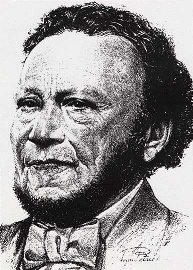 George Washington Bush, veteran of the War of 1812, raised in Philadelphia as a Quaker. Later worked for Hudson Bay Company in the Oregon Territory as a fur trapper gaining many skills he used in settling in Washington Territory. He was known to be a generous and good man to incoming emigrants to the area. His son, William Owen Bush is credited with introducing a bill to the state legislator which established Washington State University (WSU). Thanks to Bush's previous employment with the Hudson Bay Company, the party was granted safe passage into the territory which was under the companies control. Eventually Simmons built a mill thanks to monies provided by Bush and the families were able to survive a few years in the new land. After steadily attracting additional settlers to the area, a group of 8 men formed the Puget Sound Milling Company in 1847 in what is now Olympia, WA. Among these 8 was Edmund Sylvester, the man who is credited with being the father of Olympia. History of Verity Lodge:From the Biography of the father (David A. Neely) of one of our first Worshipful Masters, David F. Neely (master in 1890). David (senior) started out on the Oregon trail in the Spring of 1854 with his wife Irena Kemp driving three yoke of oxen and one of cows. David was attracted to the allure of 640 free acres of land available in Oregon due to the Oregon Donation Act of 1850. Their trip passed without any incidents of note until they reached Fort Boise, ID. Here, they were warned of dangerous Shoshone Indians in the area looking to prey on a wagon party. Sure enough they ended up engaging in a skirmish with the 20 or so Indians on horseback. When the battle ended, nine emigrants and twelve Indians lay dead on the ground. Mr. Neely and his wife were among the survivors and eventually reached the White River (near modern day Auburn) on October 1, 1854. In a little over a week after their arrival, Mrs. Neely bore the first white child said to ever be born in the White River area. As this was still "Oregon Country", Mr. Neely had to work hard to earn his donation claim. In order to earn a claim, a settler had to occupy it and develop it for four years before it became his property. These were not ordinary people, no, they were stock of the Revolutionary generation. They were willing to work their entire lives to make a living. Mr. Neely took up farming potatoes and wheat while attempting to keep the surrounding Indians "off his property". This was just one example of the clash of values between whites and Indians. Whites were coming here to claim "their" land, raise food and support themselves. Indians saw it as encroaching settlers who were raising food on their hunting and gathering grounds. By late September of 1855, hostilities with the local Indians began to boil over. One day while working in his field he was approached by four Indians, two men and two women. They attempted to make a trade for some berries they had picked but Mr. Neely refused. While making small talk, the Indians asked how many weapons Neely had. Near that time a neighbor (Enos Cooper) showed up at Neely's property and ran off the four Indians and informed Neely that the surrounding neighbors were on their way to Seattle for safety as there was an Indian uprising sweeping across the region. Fortunately Neely left the area just in time on October 12 as it was only a little over a week later on October 27th that the infamous White River Massacre happened involving the killing of 9 white settlers by Indians (among the slain: Harvey and Eliza Jones, George and Mary King and infant, William and Elizabeth Brannan and infant, and Enos Cooper) . These were not blood thirsty savages killing at random, they were Indians who were attempting an organized rebellion against the Treaty of Point Elliott which forced all Indians off of their ancestral lands and onto reservations. Furthermore, these reservations were often on inferior land and with many other tribes of which they may not be on friendly terms with. Because the Indians of the area felt no other alternatives other than to take matters into their own hands, the "Indian Uprising" happened in the fall of 1855. Neely ended up staying with his wife and raising a family along the Duwamish River where he could paddle up and down the river as needed. One of his sons, David F. Neely Jr. was to become the first Worshipful Master of Verity Lodge No. 59. He built the beautiful mansion shown below which was typical of a farm style homestead in the Kent Valley of the era. Before buildnig the masion, David F. Neely and his family lived in a riversdie cabin which contained a general store and the first post office of Kent, WA. This home is considered to be the oldest home still in existence in Kent. Another of David A Neely's son's went on to do well for himself. He built the historical Neely masion on the Green River in Auburn. Picture of this home is also shown below. This initial work has turned into a published book due to be released in December 2016. References:
1. Harvey, Paul. "Not Made With Hands." The Most Worshipful Grand Lodge Of Free and Accepted Masons of Washington. 1958. p. 3 2. Hines, H. K., An Illustrated History of the State of Oregon Chicago: Lewis Pub. Co. 1893, at 1037 3. Kellogg info: http://www.rootsweb.ancestry.com/~ormultno/People/PNW/kellogg.htm 4. Masonic History of the Northwest, Washington excerpt only. 5. http://www.rootsweb.ancestry.com/~ormultno/People/pnw.htm 6. http://www.rootsweb.ancestry.com/~ormultno/People/PNW/kelloggjos.htm 7. Clarence B. Bagley, History of King County (Chicago: S. J. Clarke Publishing Co, 1929) vol. I, 727-742; 8. Florence K. Lentz, Kent, Valley of Opportunity (U.S.A: Windsor Publications, Inc., 1990) 9. Thomas W. Prosch, “A Chronological History of Seattle From 1850 to 1897″ Typescript dated 1900-1901, Northwest Collection, University of Washington Library, Seattle, 306, 310. 10. http://www.historylink.org/index.cfm?DisplayPage=output.cfm&file_id=7196 11. http://en.wikipedia.org/wiki/John_McLoughlin 12. http://www.barlowgenealogy.com/FairfieldFamilies/PBCorn.html 13. http://www.phoenixmasonry.org/masonic_history_of_the_northwest.htm pg. 463 14. http://www.historylink.org/index.cfm?DisplayPage=output.cfm&file_id=10337 15. http://www.historylink.org/index.cfm?DisplayPage=output.cfm&file_id=7196 16. Cornwall, Bruce. Life Sketch of Pierre Barlow Cornwall. San Francisco, 1906. https://archive.org/details/lifesketchofpier00corn 17. Ficken, Robert & LeWarne, Charles. Washington A Centennial History. University of Washington Press, Seattle. 1988. pg. 20 |
